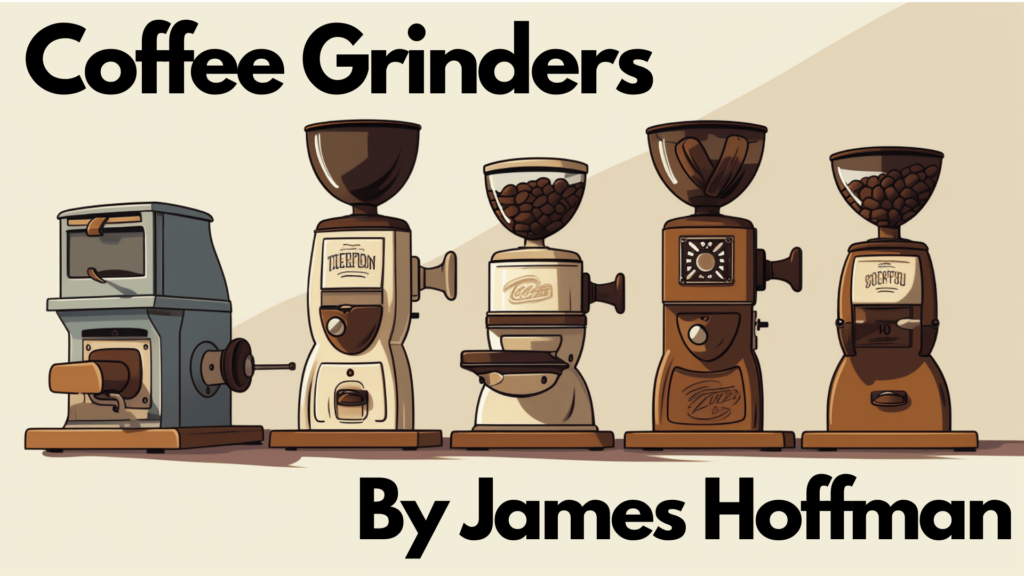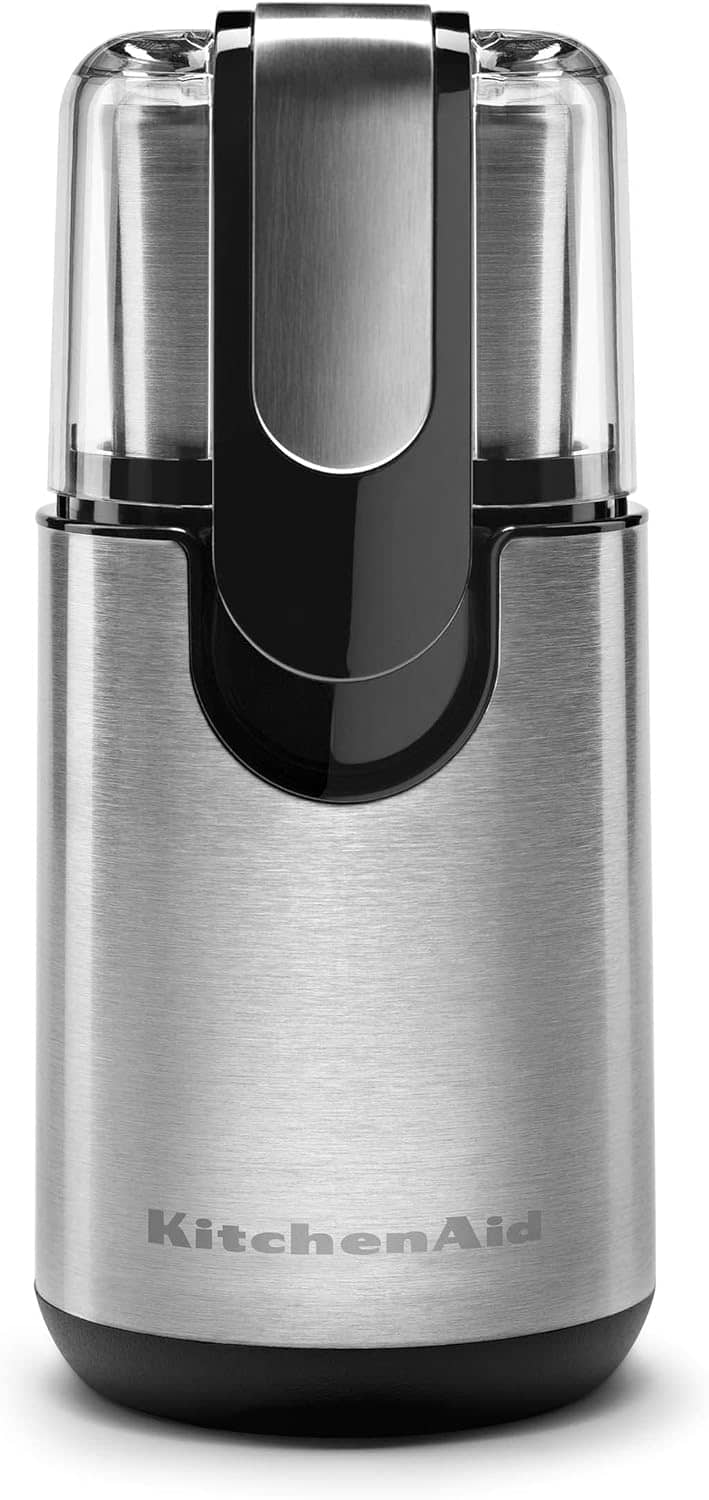Coffee grinders are a vital, but not well understood, player on the coffee brewing equipment team. For beginners, the task of buying a coffee grand can be overwhelming, especially because there are so many options out there.
Here, we hope to help you on your coffee grinder journey by providing a written guide, with pictures, to James Hoffman's “A Beginner's Guide to Coffee Grinders” video.
We’ll dive into the various types of coffee grinders, from the simple hand grinder to the sophisticated electric models. We'll go into why buy a certain grinder over another, and how each impacts your brewing experience.
In this article:
- Why We Grind Coffee
- Pre Ground Vs Fresh Grind
- Grind Size
- Uniformity
- Control
- Types of Coffee Grinders
- Blade
- Burr
- Handheld
- Retention
- Conical Burr Vs Flat Burr
- Replaceable Burr
- Expensive Grinders
If you're interested in the video, you can check it out below!
Ok, let's get going!
Why We Grind Coffee (and not purchase pre-ground beans)

CC: James Hoffmann via YouTube
While buying pre-ground coffee might offer convenience, it falls short in delivering optimal flavor.
Firstly, coffee is at its most vibrant and flavorful immediately after grinding. The grinding process breaks down the beans, giving you more surface area for hot water to flow by and collect oils and aromatic compounds. These elements are responsible for the rich, layered flavors and scents that coffee enthusiasts look for.
Pre-ground coffee, having been exposed to air for longer, loses some of these essential oils and aromatics, leading to a more stale and less flavorful cup. In the same way that a bag of chips left open to air goes stale!
There is a much higher chance of staleness happening with pre-ground beans vs freshly ground coffee simply because when you grind yourself, it's done in small batches either right before you brew or a few days before you brew.
When you buy pre-ground coffee, you typically get enough to last for a few weeks or months, which allows for more time for it to go stale.
Additionally, different coffee brewing methods require different grind sizes for optimal extraction. French press, for instance, needs coarser grounds, whereas my preferred type of coffee, espresso, demands a really fine grind. Pre-ground coffee offers limited control over this aspect, potentially leading to under-extracted (sour) or over-extracted (bitter) coffee.
Looking to try something different? Our guide on where to find Robusta coffee in the United States is a great place to start.
High-Quality Pre-Ground Coffee Vs Cheap Fresh Ground Coffee

So how important is grinding coffee beans fresh to the flavor? Below we'll look at the balance between the quality of the coffee beans versus the freshness of the grind. Will my coffee taste great if it's pre-ground but a high-quality bean? Or can I get away with a great flavor by buying cheaper beans but grinding them myself?
High-Quality Pre-Ground Coffee
This option is all about convenience. High-quality pre-ground coffee often comes from specialty roasters who use quality beans and grind them with expensive, well-made grinders. The grind size is consistent, and tailored for specific brewing methods, and the packaging is usually designed to preserve freshness to some extent.
However, even the best pre-ground coffee can't completely escape the fundamental problem of oxidation. Once coffee is ground, it begins to lose its flavor and aroma rapidly. So, while you might start with a high-quality product, the flavor clock is ticking the moment it’s ground.
Cheap Fresh Grind Coffee
Grinding coffee beans yourself, even if they're of lower quality, ensures you're getting the most flavor out of the bean possible at the moment of brewing. The freshness of the grind can often compensate for the lesser quality of the beans.
However, when you grind yourself, inconsistencies in grind size (common with cheaper grinders) can lead to uneven extraction, resulting in a brew that might be too bitter or too sour. Additionally, even if ground fresh, cheaper beans might lack the nuanced flavors of their higher-quality counterparts, leading to a mediocre cup.
So, if you prioritize convenience and consistent quality, and drink your coffee relatively quickly, like I do, quality pre-ground may be fine. However, if you value freshness and the ritual of grinding, and are willing to experiment with your brewing technique, then opting for a whole bean coffee to grind fresh will be better.
Ideally, you can use a high-quality bean and grind it fresh yourself. But I think the conversation about bean quality versus grind freshness is an interesting one.
Ultimately, the best choice depends on your personal preferences and how you balance the factors of convenience, cost, and taste.
If you need to store your coffee for a long time, our guide here outlines what you need to do so you lose as little flavor and aroma for as long as possible.
Grind Size Uniformity
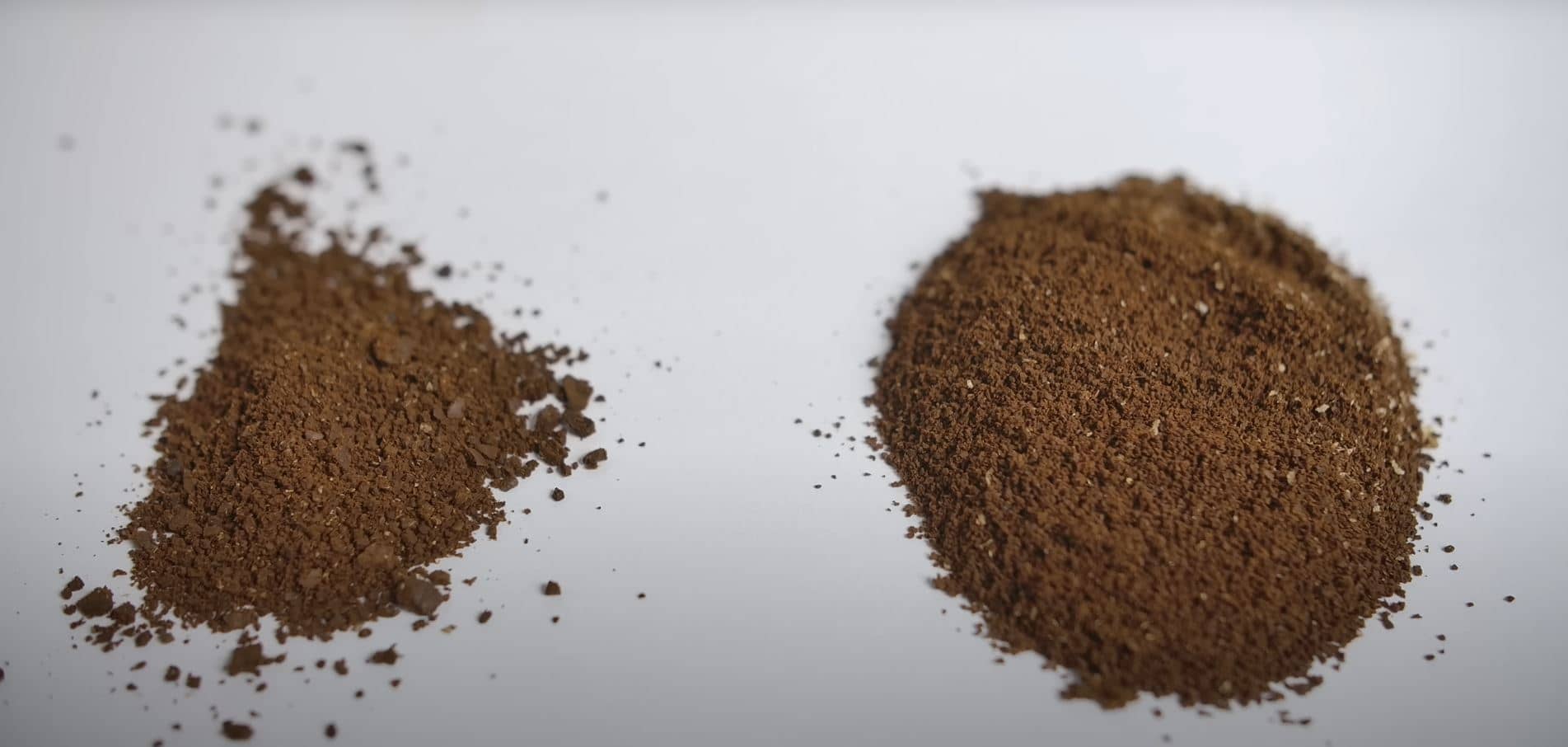
CC: James Hoffmann via YouTube
Grinding uniformity is a critical factor in the quality of your coffee grind. Uniformity refers to how consistent the coffee particles are in size, and you want each ground as uniform as possible. When coffee grounds are uniform, the water extracts flavor from each of them at the same rate, leading to a balanced and full flavor profile.
On the other hand, if you get a mix of large and small grounds, it can result in over-extraction of the finer particles (creating bitterness) and under-extraction of the larger ones (leading to sourness). Therefore, a grinder that can achieve a high level of uniformity is key to a great cup of coffee.
Grind Size Control
The ability to control grind size is essential for brewing different types of coffee. Different brewing methods require different grind sizes. For example, espresso requires a fine grind to achieve the right extraction rate, while French press coffee needs a coarse grind to prevent over-extraction and sediment in the cup.
Good grinders offer precise and easily adjustable settings for grind size, allowing you to tailor the grind to your specific brewing method and preference. This level of control directly impacts the taste and quality of the coffee.
The Types of Coffee Grinders
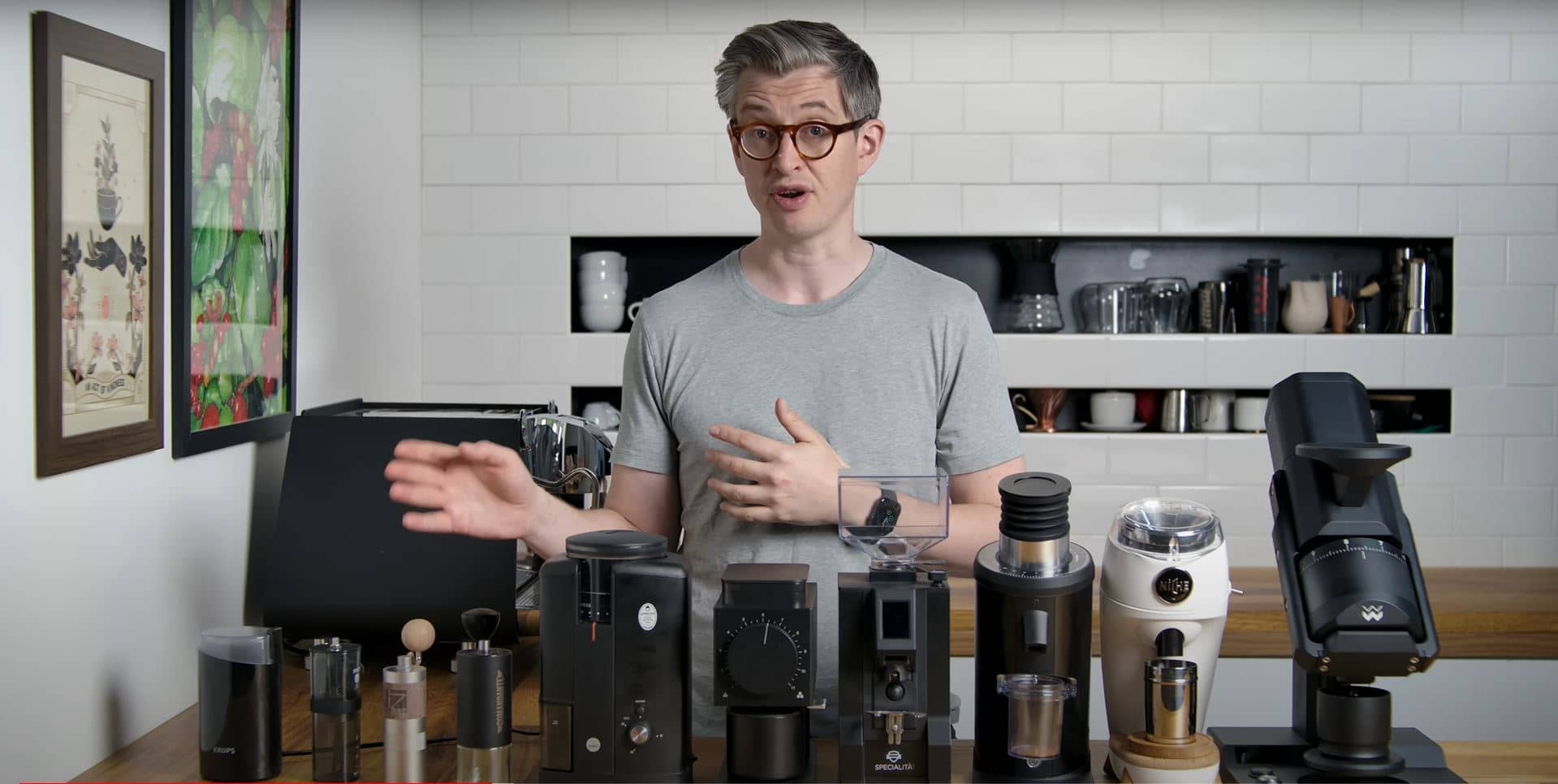
CC: James Hoffmann via YouTube
Let's talk about the different types of coffee grinders: blade, burr, and hand, and how you can choose between the three.
Blade Grinder

CC: James Hoffmann via YouTube
Blade grinders are the entry point into the world of coffee grinding. Simple and cost-effective, these grinders use a spinning blade to chop coffee beans into grounds. While they are more affordable and straightforward to use, blade grinders offer less consistency in grind size. This can lead to uneven extraction and a less balanced cup of coffee. They are best suited for casual coffee drinkers who prioritize convenience and affordability over precision.
Blade Coffee Grinders
Pros
Cons
Burr Grinders
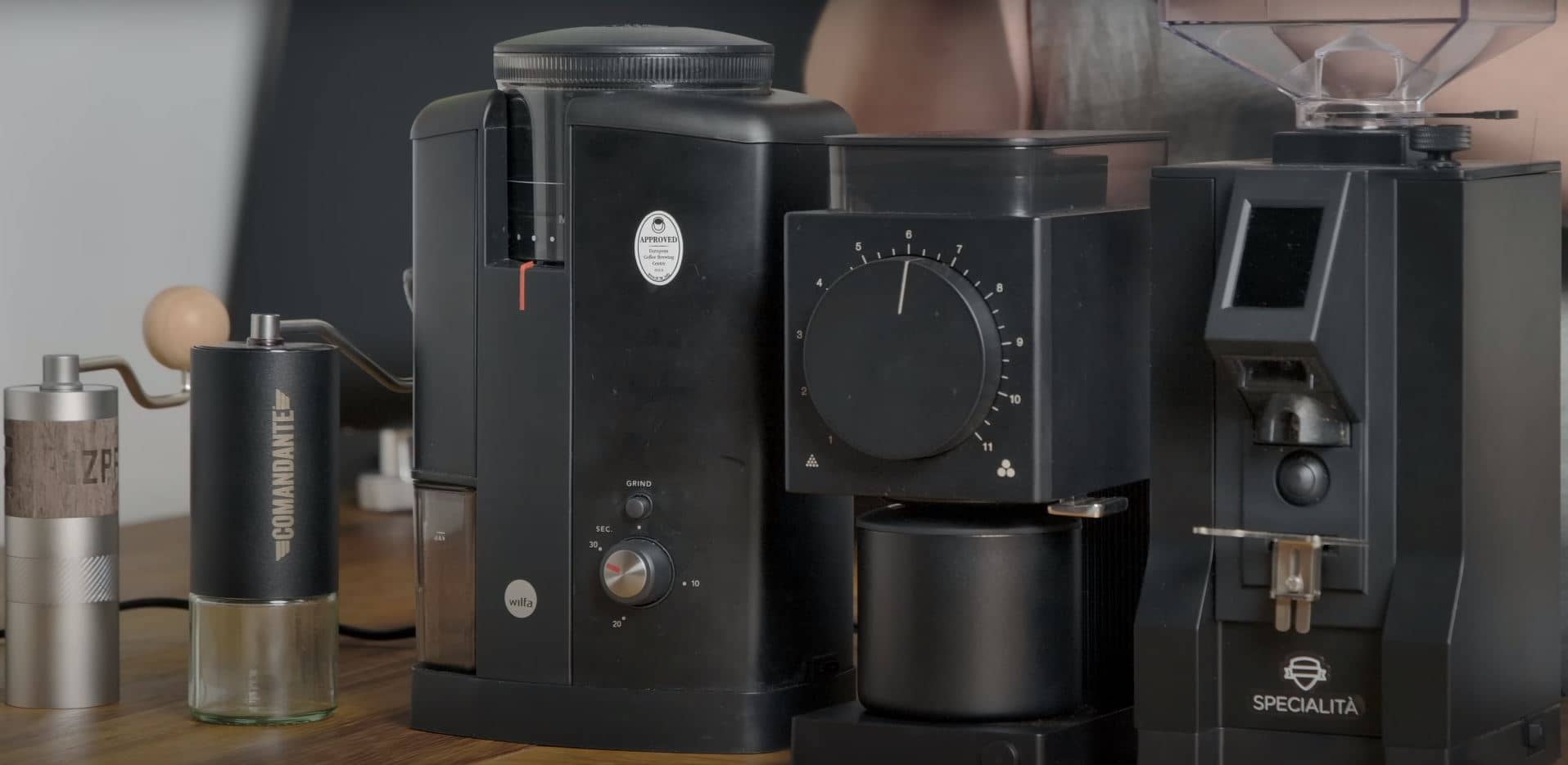
CC: James Hoffmann via YouTube
Burr grinders are the choice of coffee enthusiasts. Unlike blade grinders, burr grinders crush beans between two burrs (either flat or conical) to produce more uniform and consistent grounds. This consistency is key to achieving a balanced extraction and a superior flavor profile.
Burr grinders come with adjustable settings, allowing for precise control over the grind size and making them ideal for exploring a range of brewing methods. While more expensive than blade grinders, their ability to deliver a more consistent grind makes them a worthy investment for those serious about their coffee.
Burr Coffee Grinders
Pros
Cons
These sophisticated machines are designed for those who take their coffee seriously and seek the ultimate control over the grinding process. By using two burrs to crush the beans, electric burr grinders achieve remarkable consistency in grind size, which is essential for extracting the full flavor and aroma from your coffee beans.
With settings that can be fine-tuned to suit various brewing methods, from espresso to French press, these grinders cater to a wide range of preferences and palates.
Baratza Encore Conical Burr Coffee Grinder
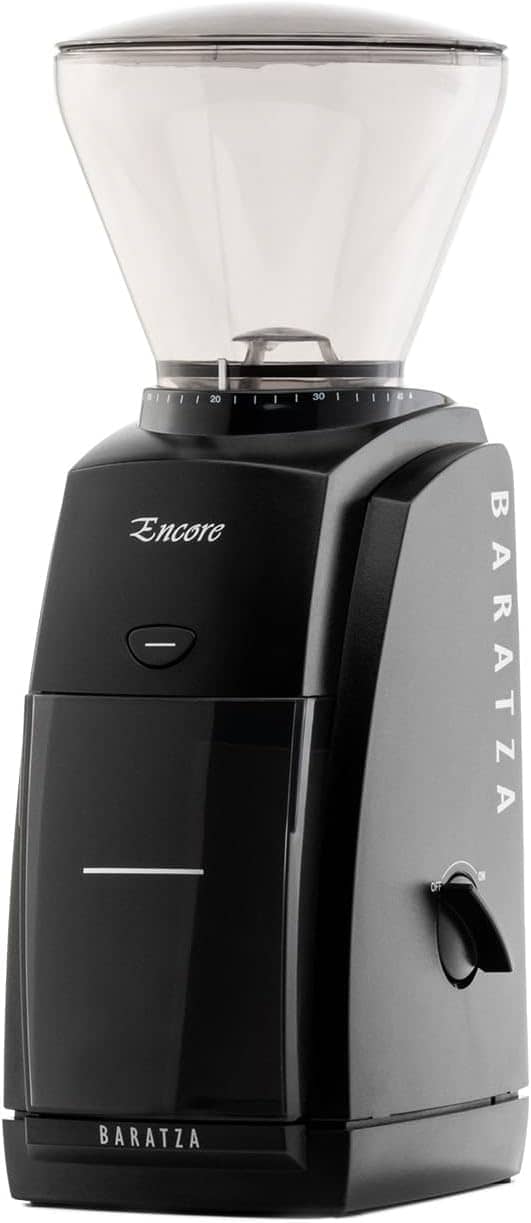
Baratza Virtuoso+ Conical Burr Coffee Grinder
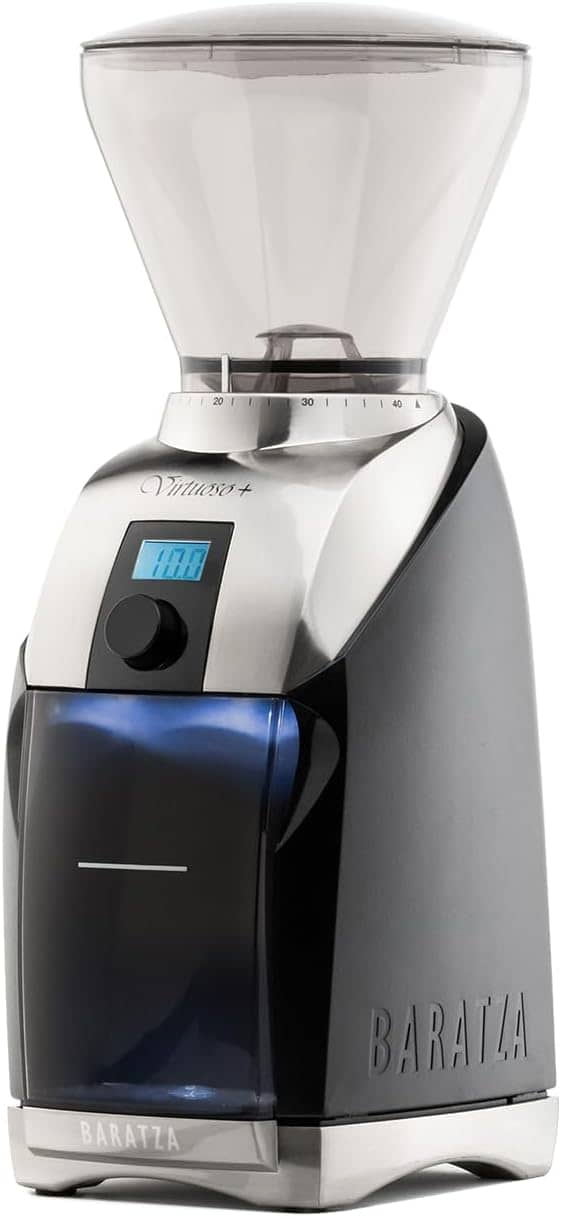
Technivorm Moccamaster 49522 KM5 Burr Coffee Grinder
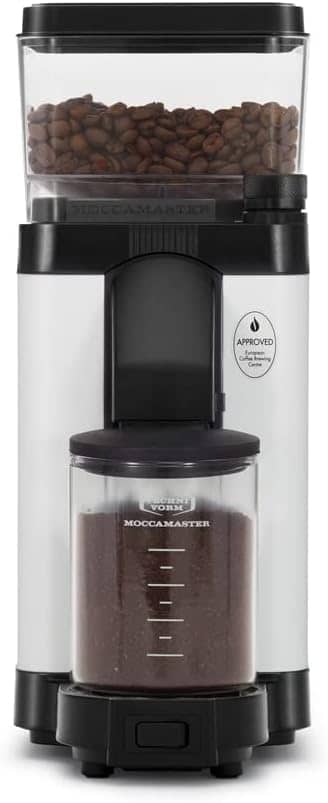
TFCFL Professional Electric Coffee Grinder
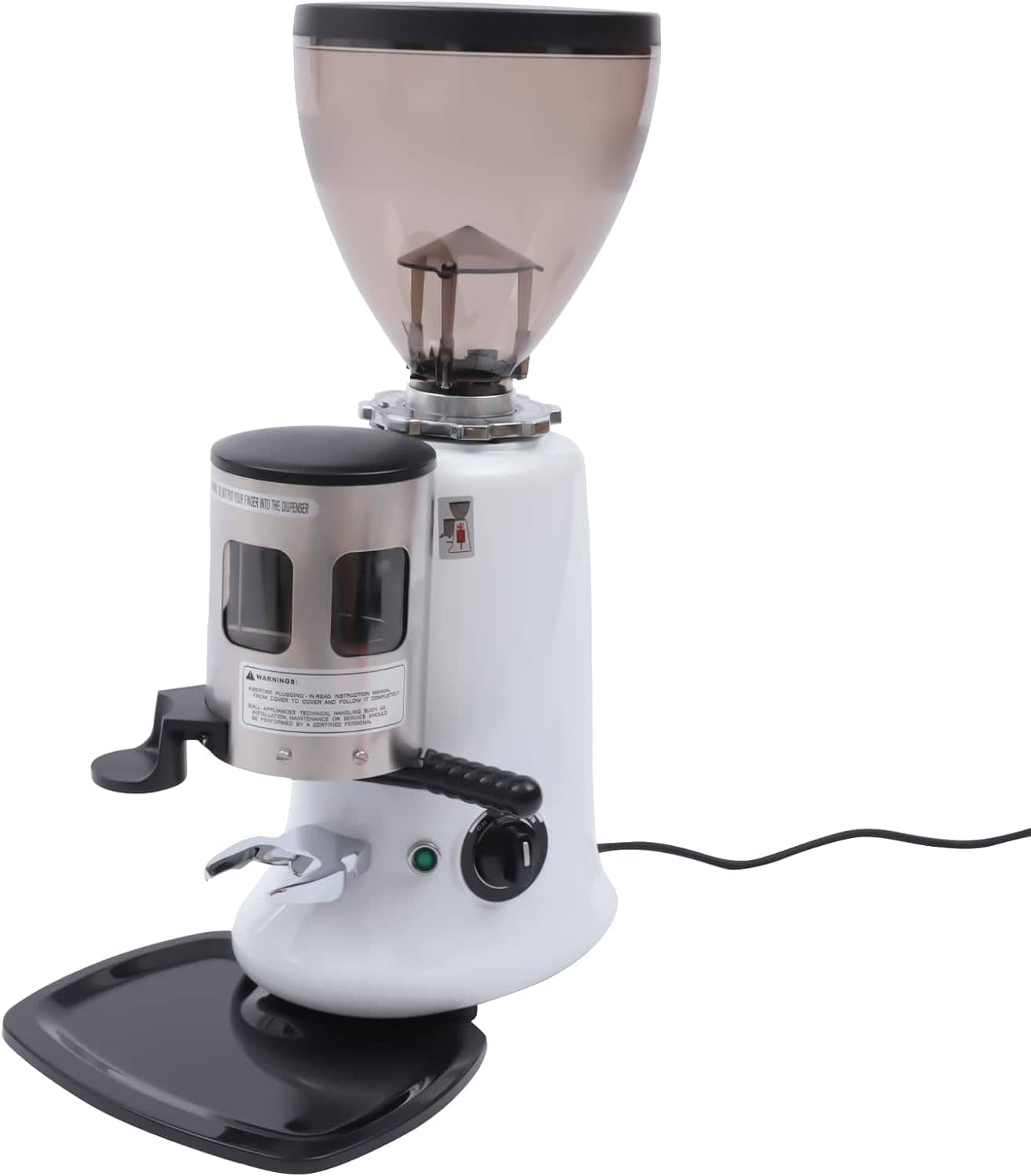
Hand Grinders
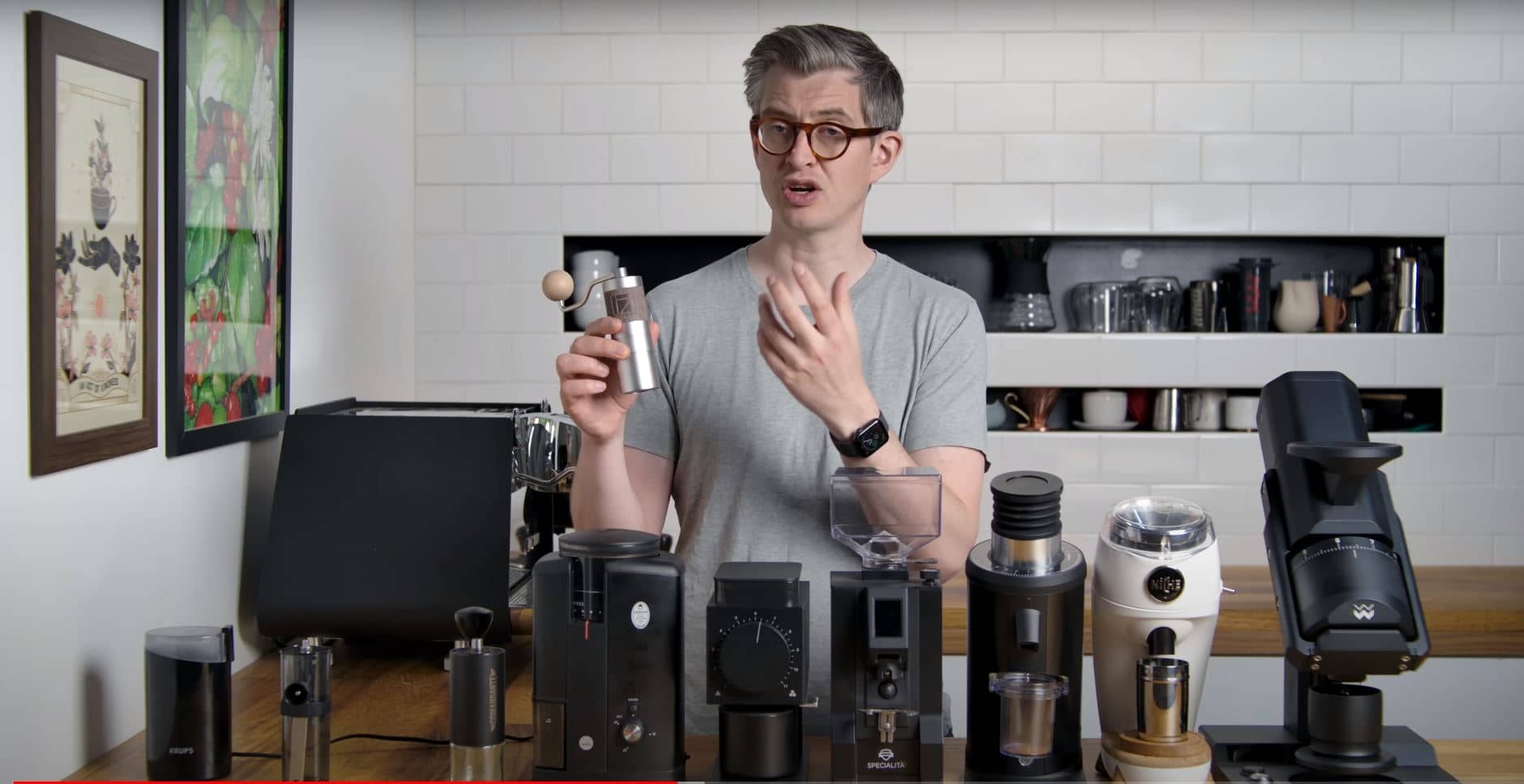
CC: James Hoffmann via YouTube
Hand grinders offer a manual approach to grinding coffee beans. They often use burr mechanisms and are valued for their portability and the tactile experience they provide.
Ideal for travel and for those who enjoy the hands-on aspect of coffee making, hand grinders can be quite efficient and offer a level of grind consistency comparable to electric burr grinders. While they require more effort to use, they’re appreciated for their quiet operation and the sense of satisfaction they bring to the coffee brewing ritual.
- £40 – JavaPresse Manual Coffee Grinder
- £100 – CONQUECO Manual Coffee Grinder
- Expensive – Ziorrlin Manual Coffee Grinder
Hand Coffee Grinders
Pros
Cons
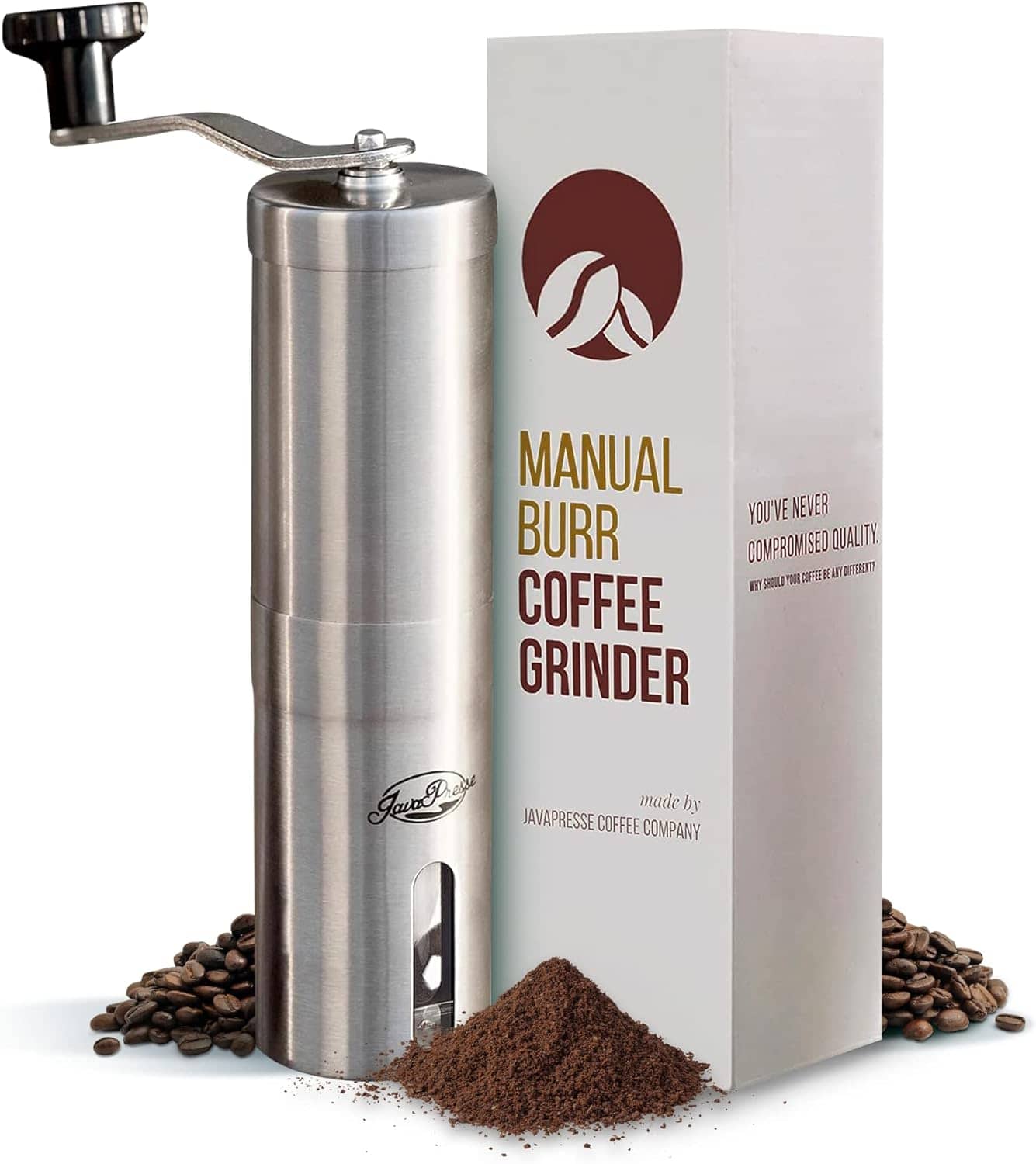
Retention
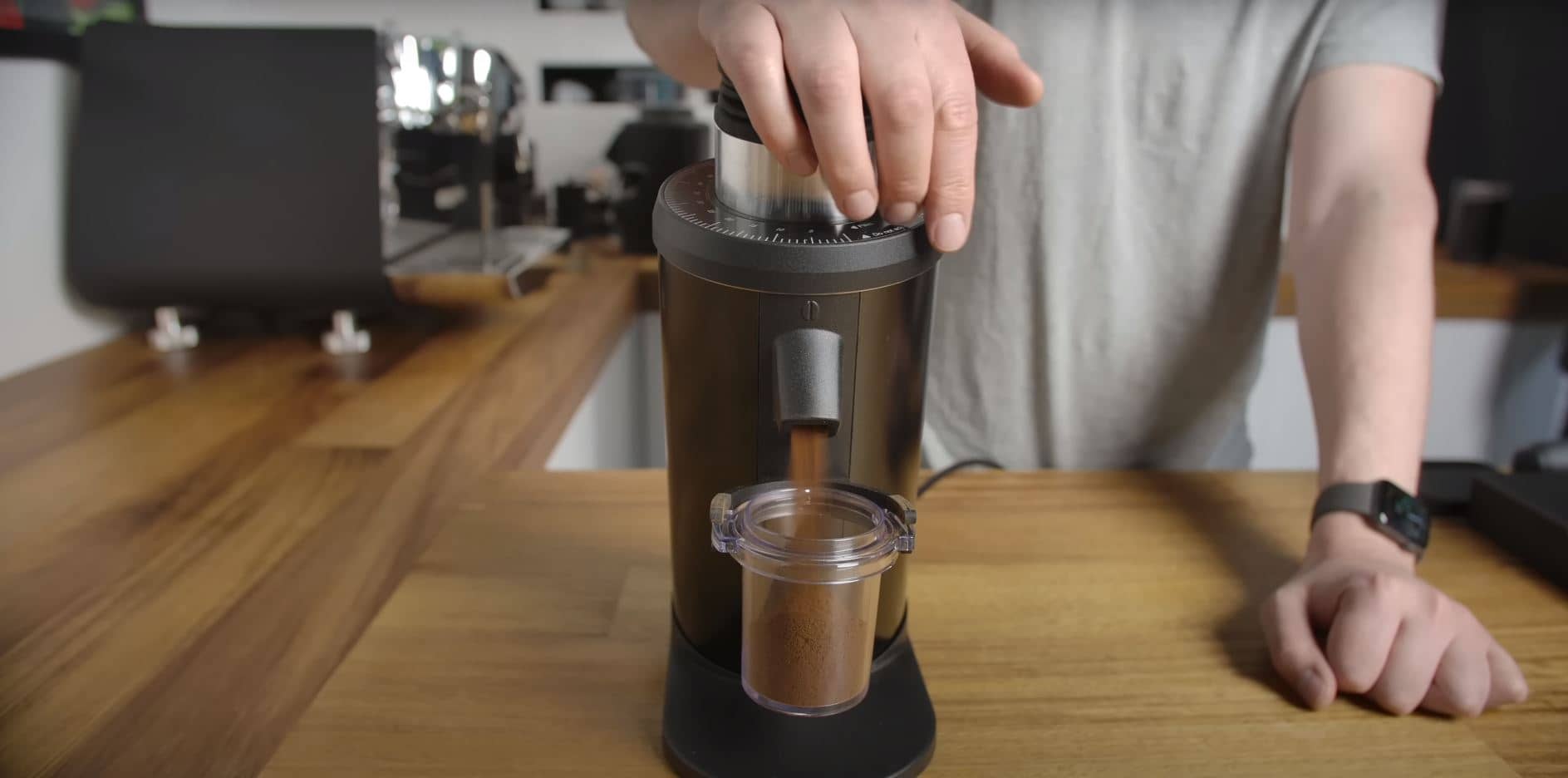
CC: James Hoffmann via YouTube
Retention in coffee grinders refers to the amount of coffee grounds that remain inside the grinder after the grinding process is complete. This is a key factor to consider when buying a grinder, especially with burr grinders, as retained grounds can lead to stale flavors in future brews.
High-quality grinders are designed to minimize retention, ensuring that each batch of coffee is as fresh as possible. Lower retention also means less waste and more consistent dosing.
Conical vs. Flat Burrs
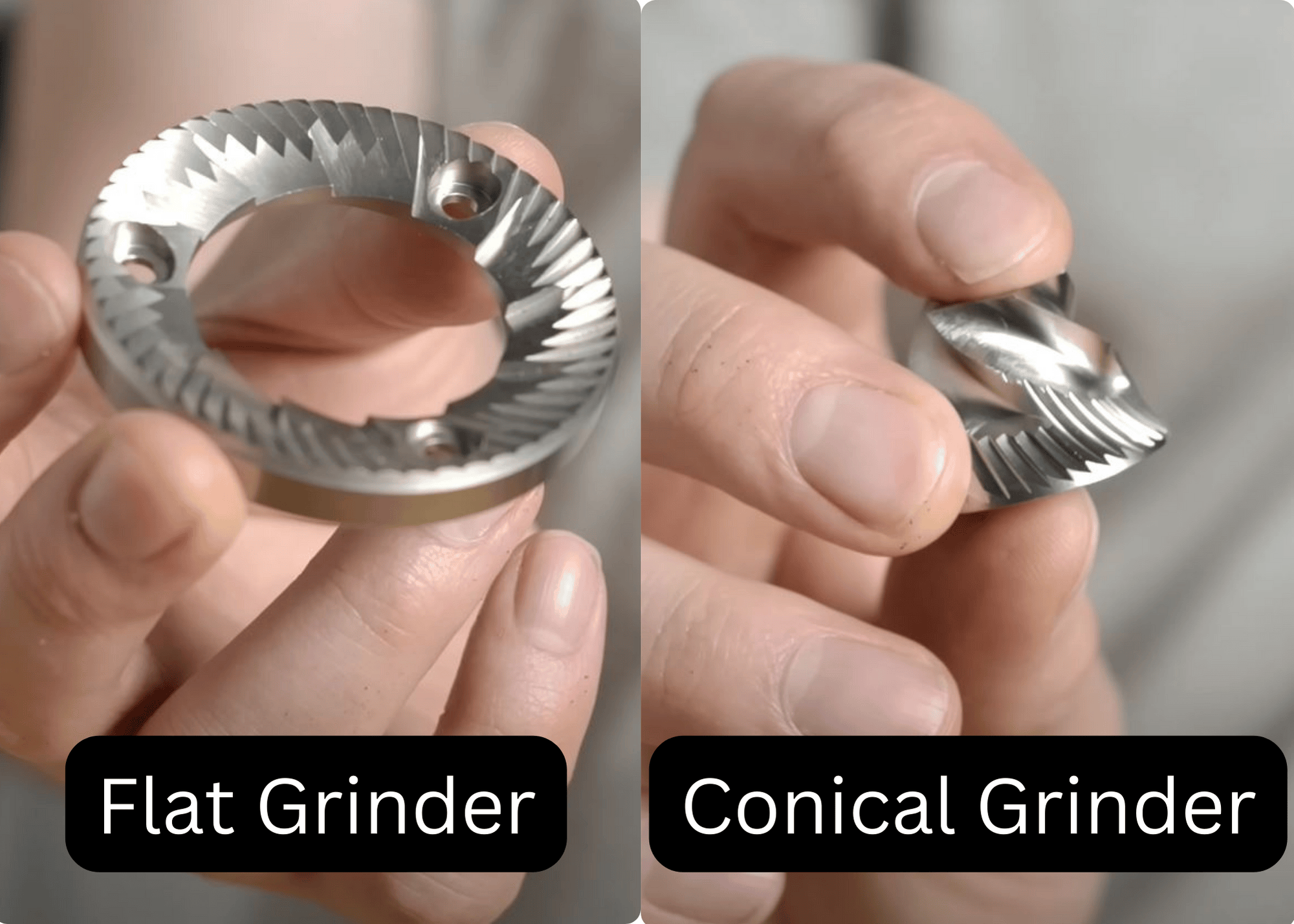
CC: James Hoffmann via YouTube
The debate between conical and flat burrs is a central one in the world of coffee grinding.
Conical burrs, shaped like a cone, are known for their longevity and their ability to grind beans with minimal heat generation, preserving the coffee's natural flavors.
Flat burrs, consisting of two parallel rings, are known for their precision and uniformity in grind size, which is crucial for espresso. Both types have their enthusiasts; the choice often comes down to personal preference and the specific brewing method used.
Replaceable Burrs
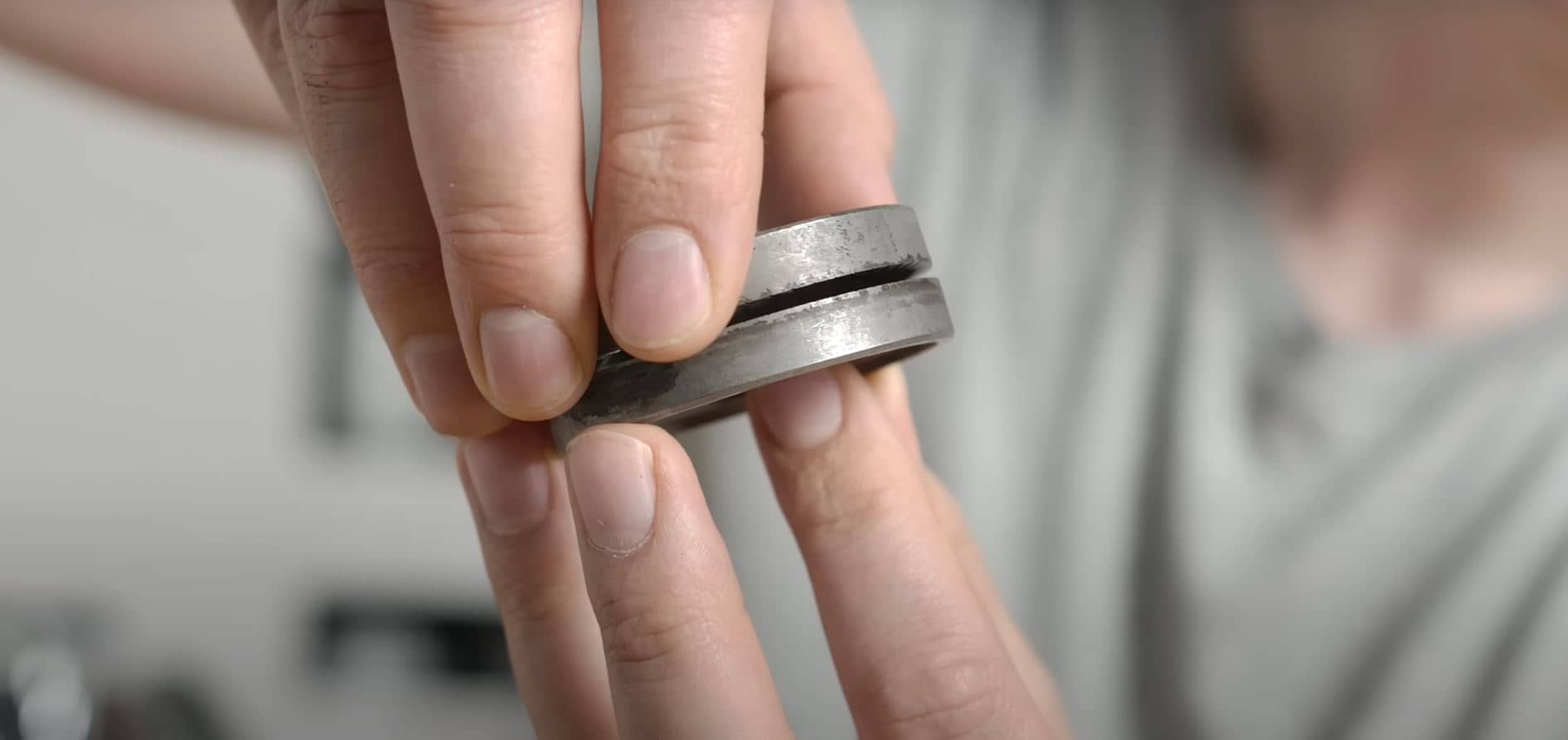
CC: James Hoffmann via YouTube
The burrs in a burr coffee grinder can wear down over time, affecting the quality of the coffee grind. High-quality grinders come with replaceable burrs, allowing for extended lifespan and consistent performance. Being able to replace the burrs is a cost-effective way to maintain the grinder without needing to replace the entire unit, making it an important feature to look for when buying a grinder.
What About Expensive Grinders?
Investing in an expensive grinder can be a significant decision for any coffee lover. Premium grinders offer advanced features like precise grind size adjustments, lower heat generation, minimal retention, and superior build quality. These factors contribute to a more consistent grind, better flavor extraction, and overall improved coffee experience. While the initial cost is higher, for enthusiasts and professionals, the investment in an expensive grinder often pays off in the quality and consistency of the thousands of cups coffee it will make.
No matter how you choose to grind your coffee, there are several ways to make coffee at home. Check out our guide: 13 Different Ways You Can Make Coffee at Home and our other guide detailing our thoughts on the quality of Keurig coffee.
